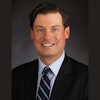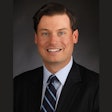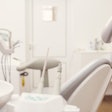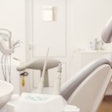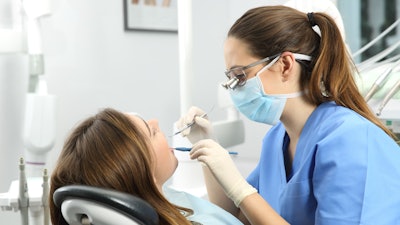
For the last several years, the number of U.S. dentists working at dental service organizations (DSOs) has climbed, reaching 13% in 2022, according to new data from the ADA Health Policy Institute (HPI).
That percentage increased by approximately 3 percentage points from 10.4% in 2019. In 2017, 8.8% of U.S. dentists worked at DSOs, according to the data.
The analysis, which was based on data from HPI’s dental office database supplemented with data from Fluent, included 191,669 dentists out of the 202,401 practicing dentists in the U.S. Any member of the Association of Dental Support Organizations, as well as other organizations judged to be DSOs based on extensive HPI primary research, were considered DSOs.
However, HPI indicated that its analysis “still slightly undercounts dentists affiliated with DSOs and larger groups” due to various methodological choices.
Also, the career stage affected whether a dentist was affiliated with a DSO. Nearly one-quarter (23%) of dentists who had been out of dental school for 10 years or fewer worked at DSOs. Of those who had been out of school between 11 and 25 years, 11% were affiliated with DSOs. Dentists who had been out of school for more than 25 years were the least likely to be affiliated with DSOs at 7%, according to HPI.
There is not a single state in the U.S. in which 20% or more of late-career dentists were affiliated with DSOs. Wisconsin had the highest percentage of dentists who had been out of school for more than 25 years and were affiliated with DSOs at 17%. Georgia, Arkansas, Arizona, and Colorado followed closely behind at 15%, 13%, 12%, and 12%, respectively, according to the data.
On the other hand, there were a handful of states that had 1% of dentists who had been out of school more than 25 years and were affiliated with DSOs. These locations were Alaska, North Dakota, South Dakota, Rhode Island, Wyoming, and the District of Columbia, according to HPI.
In April, HPI reported that private practice ownership had dropped among dentists in the U.S. In 2021, 73% of dentists owned private practices compared to 85% in 2005. This shift was most notable in dentists under the age of 35.
In March 2022, HPI reported that the practice paradigm would shift with the changing U.S. dental workforce. As dentistry grows younger and more diverse -- with more women and people of color practicing -- HPI predicted that fewer clinicians will own their practices.




